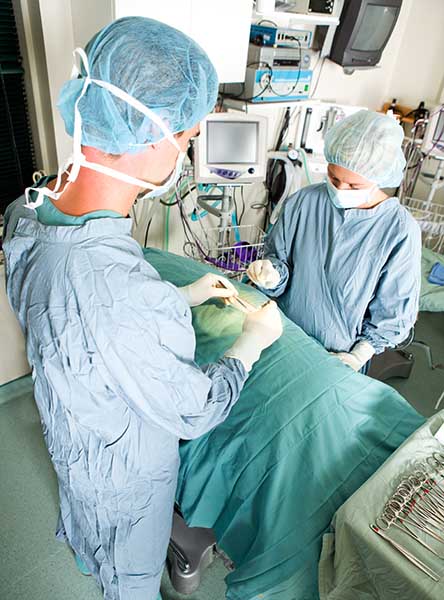Introduction
Postoperative sepsis and wound infections are frequent complications in diabetic patients, leading to prolonged hospital stays and increased morbidity. This study hypothesizes that a Random Forest Classifier can accurately predict these complications, allowing for early intervention. By leveraging ensemble learning, the model aims to enhance predictive accuracy beyond traditional risk assessments.
Method
A detailed retrospective analysis was conducted using data from the National Surgical Quality Improvement Program (NSQIP) database. The dataset included diverse variables such as demographic details, clinical markers, and surgical factors (specialty, anesthesia type, surgery duration). Variables were numerically encoded, with categorical data one-hot encoded and continuous data normalized. The dataset was split into 80% training and 20% testing subsets to ensure balanced outcome representation. The Random Forest Classifier was chosen for its ability to handle high-dimensional data and model complex variable interactions effectively.
Results
- The model achieved 94.38% accuracy for wound infections and 94.94% accuracy for sepsis.
- Precision and recall exceeded 94%, ensuring high true positive rates and minimal false positives.
- ROC analysis showed AUC values of 0.92 for wound infections and 0.95 for sepsis, indicating strong predictive capability.
- Feature importance analysis identified surgical duration, laboratory markers, and patient comorbidities as key predictors.
Conclusion
The Random Forest model demonstrated strong predictive performance in identifying postoperative complications in diabetic patients. Its integration into clinical workflows could improve risk stratification, enhance postoperative care, and optimize healthcare efficiency. Future research should validate these findings across broader patient populations and surgical settings.
Critical Care Congress 2025, 23rd February - 25th February, 2025, Orlando, FL, USA




